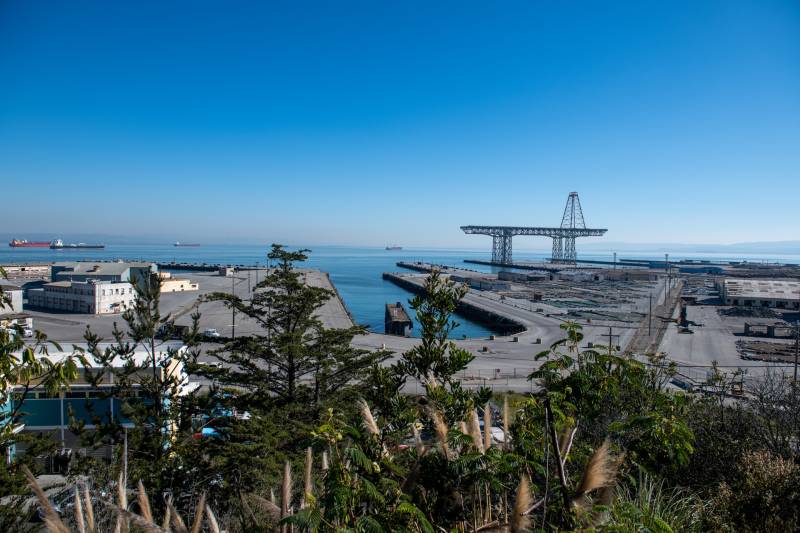Update, 5 p.m. Thursday, October 6: A government oversight committee with San Francisco’s Board of Supervisors recommended Thursday that the city strengthen protections against climate change-fueled flooding in the Bayview-Hunters Point neighborhood.
Several members of the board said they will pursue an independent task force over the next 18 months to examine how rising groundwater could mix with contaminants and expose the community of more than 35,000 people to toxic water and fumes. They also say an independent study conducted by outside researchers is needed to understand the issue fully.
“This is not just about Bayview-Hunters Point,” Supervisor Connie Chan said. “It is to help us think about and question the future of San Francisco in terms of our waterfront areas and how we protect our residents.”
The recommendations will now be taken up for consideration by the full board.
Last week, U.S. Environmental Protection Agency officials sent a memo to the nonprofit group Public Employees for Environmental Responsibility, or PEER, that said the agency plans to allow much of the toxic contamination to remain forever underground with potential land use restrictions and caps over toxics. But community groups and residents say they want all the contamination removed.
The memo seemed to contradict what Angeles Herrera, assistant director for Region 9 of the EPA, told the supervisors in late September.
“The bottom line is that EPA will not commit to the full cleanup of Hunters Point,” said Jeff Ruch, PEER’s director, in a statement. “As things stand now, the plan at Hunters Point is to pave over contamination rather than remove it.”
“We need a full cleanup of the shipyard and all those contaminants, toxins and radioactive elements removed,” said Bayview resident Blair Sandler, “so that kids and pets can play and that food can be grown in people’s yards.”
Residents asked the board to add language to require a full cleanup into its recommendations. They declined, but at the end of Thursday’s hearing Supervisor Dean Preston told community members the discussion is far from over and that the board will consider other issues related to the shipyard in the near term.
Original post, 2:24 p.m. October 1: Several members of the San Francisco Board of Supervisors, including its president, Shamann Walton, are challenging Mayor London Breed in an effort to bolster protections against climate change-fueled flooding for residents of Bayview-Hunters Point.
Walton, who is pursuing an independent commission to make sure that happens, also urged U.S. Environmental Protection Agency officials Thursday, during an oversight committee hearing at City Hall, to compel the Navy to update the climate science it uses to inform the toxic cleanup at the Hunters Point Naval Shipyard, an 866-acre federal Superfund site the EPA has designated as highly contaminated with hazardous waste. Radioactive contamination remains buried in the soil along the edge of Bayview-Hunters Point, on the city’s southeast shoreline, among the most polluted areas of the entire San Francisco Bay.


